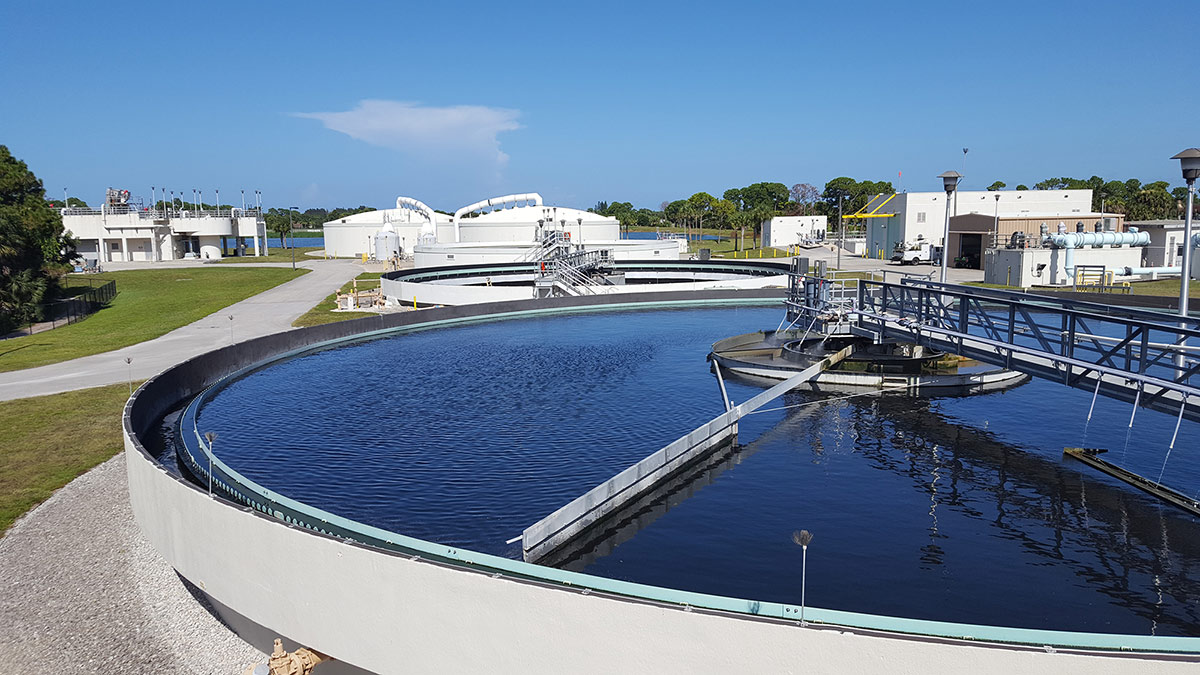The Connection Between Wastewater Management and Public Well-being
The Connection Between Wastewater Management and Public Well-being
Blog Article
Comprehending Wastewater Treatment Processes and Their Ecological Impact
The ins and outs of wastewater treatment procedures play a pivotal role in mitigating environmental challenges linked with water pollution. Each stage, from initial to innovative therapies, is created to attend to certain pollutants, inevitably protecting both public wellness and water ecosystems.
Overview of Wastewater Treatment
How is wastewater transformed right into a risk-free source for the setting? Wastewater treatment is a crucial procedure made to get rid of pollutants from used water, therefore guarding public wellness and safeguarding communities. This procedure begins with the collection of wastewater from residential, commercial, and industrial resources, which is after that directed to treatment centers.
At these facilities, different physical, chemical, and organic approaches are utilized to treat the wastewater. Subsequently, biological treatments, such as triggered sludge processes, use microbes to damage down organic matter.
The treated effluent can be safely discharged into all-natural water bodies or reused for watering and commercial objectives, promoting resource preservation. Additionally, the therapy process generates biosolids, which can be repurposed as fertilizers or dirt amendments, further enhancing sustainability.
Phases of Therapy Processes
The wastewater treatment process generally contains 3 main phases: initial, primary, and second treatment. Each stage offers a distinctive role in lowering the pollutant load and ensuring the effluent meets ecological standards prior to discharge.

The key therapy phase concentrates on the physical separation of put on hold solids from the wastewater. With sedimentation, much heavier fragments settle at the end of sedimentation containers, creating sludge, while lighter products, such as oils and greases, float to the surface and are skimmed off. This procedure substantially lowers the organic and inorganic tons in the wastewater.
Secondary therapy is an organic process intended at more reducing the concentration of natural issue. This stage is crucial for achieving the needed biochemical oxygen demand (BODY) reduction, ultimately leading to cleaner effluent prepared for discharge or more treatment.
Advanced Treatment Technologies
Following the second therapy processes, advanced treatment innovations play a crucial duty in further improving the high quality of treated wastewater. These innovations are created to get rid of recurring contaminants that are not properly removed throughout main and secondary therapies, making sure the effluent meets rigorous regulative requirements.
Among the widely used innovative therapy methods are membrane layer filtration, reverse osmosis, and progressed oxidation procedures. Membrane layer filtration, consisting of microfiltration and ultrafiltration, is effective in separating great bits, microorganisms, and colloids from the water (Wastewater). Reverse osmosis makes original site use of semi-permeable membrane layers to remove dissolved solids, causing high-quality water suitable for numerous applications
Advanced oxidation procedures (AOPs) utilize solid oxidants to break down natural toxins, including drugs and personal care items that are immune to traditional treatment. These methods improve the biodegradability of complicated substances, facilitating their elimination.
Another substantial modern technology is the use of biological nutrient removal procedures, which especially target nitrogen and phosphorus, preventing eutrophication in getting water bodies. Generally, innovative treatment innovations are essential for attaining article source greater levels of filtration, advertising water reuse, and guarding public health and wellness while dealing with the difficulties related to wastewater monitoring.
Ecological Benefits of Treatment
Various ecological benefits occur from effective wastewater treatment procedures that add to ecosystem wellness and sustainability. Mostly, these procedures dramatically reduce the release of harmful pollutants into all-natural water bodies, which aids preserve marine environments. By eliminating impurities such as heavy metals, nutrients, and microorganisms, treated wastewater reduces the danger of waterborne diseases and promotes biodiversity in marine atmospheres.
Additionally, wastewater therapy facilities commonly use innovative technologies that enable water recycling and reuse. This technique not just saves freshwater sources yet also reduces the demand on all-natural water materials. Enhanced nutrient removal from wastewater can also avoid eutrophication, a procedure that results in algal blossoms and succeeding oxygen exhaustion in aquatic systems.
Additionally, efficient treatment processes can reduce greenhouse gas emissions, especially methane and laughing gas, which are often released during unattended wastewater disintegration. By capturing and making use of biogas from anaerobic digesters, facilities can transform waste right into sustainable power, thus adding try these out to a reduction in nonrenewable fuel source dependency.
Challenges and Future Patterns
While the environmental benefits of wastewater treatment are clear, a number of obstacles persist that impede ideal results in this field. One major problem is aging facilities, which often brings about ineffectiveness and enhanced functional prices - Wastewater. Many therapy plants were designed decades back, and their capacities do not align with modern-day demands, which include more stringent regulative standards and higher volumes of wastewater because of urbanization

Looking ahead, there is a growing focus on source recuperation and round economic climate principles within wastewater treatment. Developments such as anaerobic digestion, which can create biogas, and progressed filtration technologies are obtaining traction. These approaches not just boost therapy performance but additionally promote sustainability.
Eventually, addressing these challenges calls for cooperation amongst stakeholders, financial investment in innovation, and a dedication to continuous research study. By embracing these trends, the wastewater therapy field can progress to meet the demands of an altering environment and society.
Final Thought
In verdict, wastewater therapy processes play a vital role in improving environmental top quality and public health. The multi-stage therapy structure, paired with advanced technologies, properly minimizes pollution and advertises lasting water monitoring.
Report this page